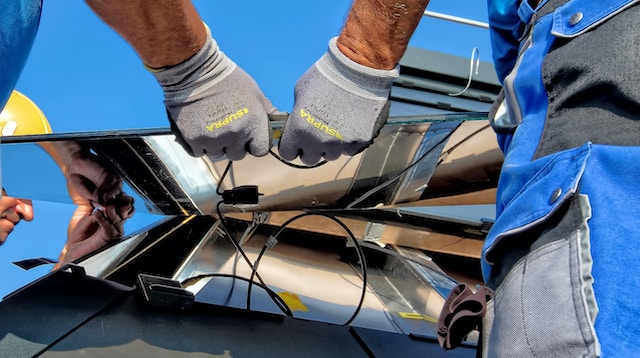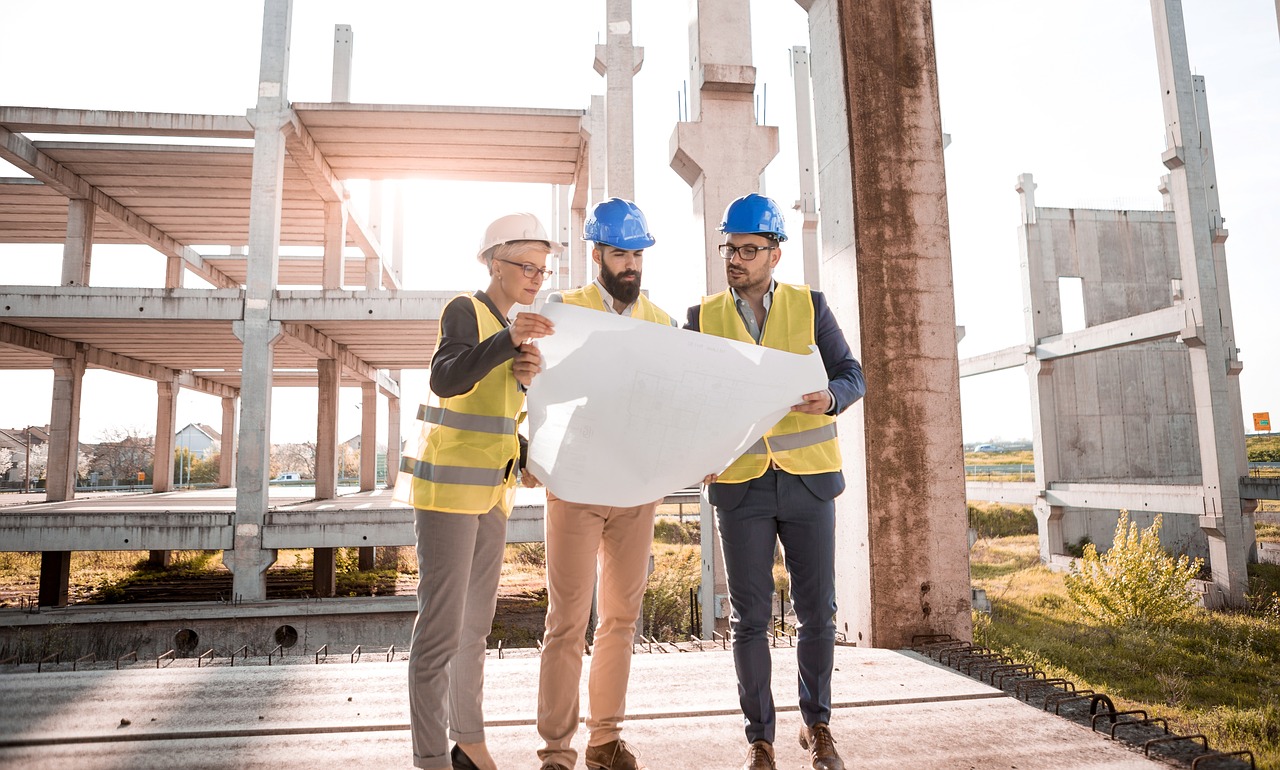Exciting Times in Africa
It has long been known that Africa is a continent of great natural resources. But Africa’s wealth has often been exploited by colonial rulers and/or corrupt local governments, at great cost to the vast majority of Africans.
But today there is an emerging African middle class and cosmopolitanism marked by talk of shopping malls, restaurant chains, entrepreneurism, and a growing interest in luxury products and services. At the same time international investors are getting more involved in Africa for the long term and critical infrastructure, the foundation of healthy economies, is being built.
Of course, there remain pockets of marginalism and exclusion, extreme poverty, civil war, and political and economic insecurity. Nevertheless, trends toward greater stability and wealth are evident.
The middle class is rising in many areas of Africa as the following 2015 per capita income numbers show:
- Seychelles – $25,229
- Equatorial Guinea – $23,370
- Gabon – $20,612
- Botswana – $17,101
- Mauritius-$16,100
- South Africa-$11,914
- Libya-$11,497
- Tunisia-$9,900
- Nam via-$8,200
- Algeria-$7,500
Nigeria, with the highest GDP in Africa at $568 million a year, has a per capita GDP hovering below $6,000 per person; reports suggest that oil money in Nigeria does not benefit the average citizen due to corruption.
A Small But Growing Middle Class in Africa
According to a recent Credit Suisse report, the African middle class now consists of about 20 million people or 3.3% of Africa’s adult population. By contrast, the number of people in the middle class in China and the United States is estimated at 10.7% and 38.8%, respectively. While this comparison may seem stark, the middle class in Africa just a decade ago was much smaller, less than half its current number, and a recent report by the Development Bank shows the African middle class growing at the fastest rate in the world.
The following chart show trends that will bring more Africans into the middle class as their consumer markets expand in the decades to come.
Education & Health Leading to Better Consumption Patterns
Make no mistake, becoming middle-class in Africa and staying there is a lifelong challenge as it is now in most other countries, including the United States.
As usually occurs when emerging middle-class income levels are rising, disposable income is increasing, and consumption patterns and spending on health and education are up. At the same time, as creature comforts are more widely available, more competent and responsive governments develop. Finally, the increasing presence of democratically oriented institutions is improving the social fabric in Africa and laying the foundation for a long-term sustainable middle class. Whereas previously individuals in Africa were stymied by corruption and lack of opportunity, the changing environment gives people hope and a competitive spirit.
Along with these improvements, Africa is now experiencing increased innovation, better integration amongst its countries and and regions leading to better overall synergy, and deeper integration into the world economy.
The Potential of Africa
Industrialized countries have been interested in Africa for a long time, especially for its natural resources. But now with a projected under-18 population of more than one billion by 2050, businesses worldwide are gearing up to enter or expand in African markets in order to be “in on the ground floor.”
Following is a video about Kenya’s shopping mall boom.






